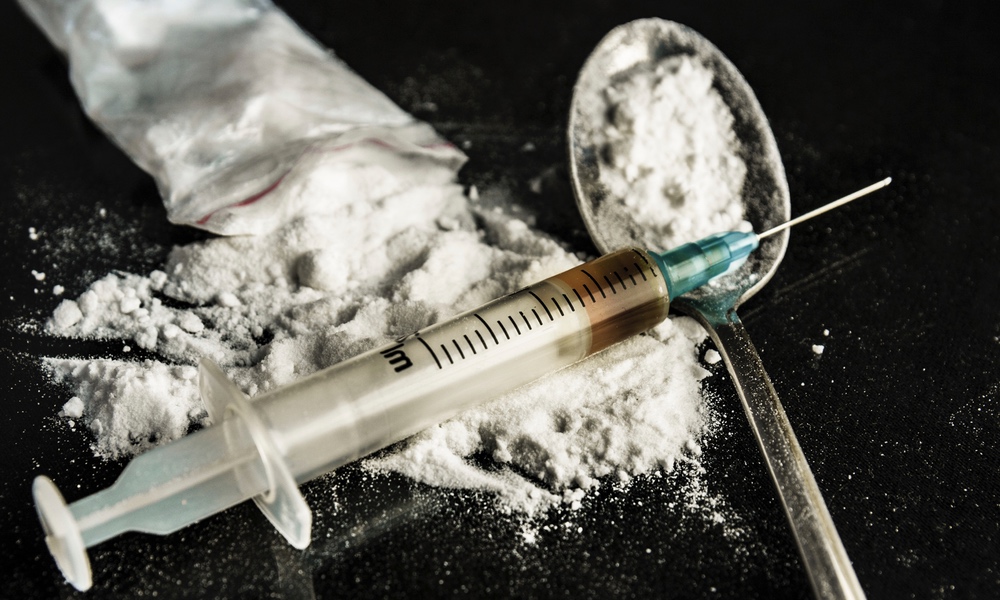Opioid overdoses are completely reversible if the drug naloxone can be administered quickly enough, but this doesn't always happen. If an emergency medical worker, friend, neighbor or family member capable of administering naloxone could be quickly notified, that would boost the odds of survival and end up saving lives.
The window for reversing an overdose is brief — typically a person has between five to eight minutes during which they can be readily revived — but this could be enough time if help is alerted immediately. And with drug overdoses now the leading cause of death for people under 50 in the United States, solutions are needed.
Naloxone is available without a prescription in more than 40 states. Its effects only last for 30-90 minutes, so it's still important to call 911. “The crux of the problem is connecting people who are experiencing overdose with these known established therapies that work pretty much every time,” explains Jacob Sunshine, an assistant professor of anesthesiology and pain medicine at the University of Washington, who is part of a team that has developed a new smartphone app that senses when a person has stopped breathing and sends an emergency alert to medical personnel.When a person stops breathing, the variations disappear and the signal remains constant. After 30 seconds, this triggers an alarm and the phone calls 911.
To see if the app could reliably detect when an overdose has occurred, the researchers tested it on intravenous drug users and patients receiving anesthesia.
The first test came at a safe injection facility in Vancouver, Canada, where drug users can inject their drug of choice in a safer setting than in public. While there are currently about 120 of these facilities worldwide, there are none in the United States.
At the Vancouver facility, the app correctly identified 45 out of 47 instances when a user stopped breathing for 10 seconds or more.
Intravenous drug users often live in chaotic environments, and the app is not always perfectly in sync with their habits. For one thing, the phone needs to lie flat on a table or other surface within one meter of the user, something that might not be possible for some drug users. The drug user also needs to start the app after they've injected themselves. It is not clear whether or not there would always be time enough for a user to do that before becoming unconscious. But at least it might give them a chance.
The app may not be perfect, but it can correctly detect overdoses.
This was a proof-of-concept study — the app is not yet available to the public. The researchers are currently working with the FDA to change that.
An article detailing the testing of the app can be found in Science Translational Medicine.





